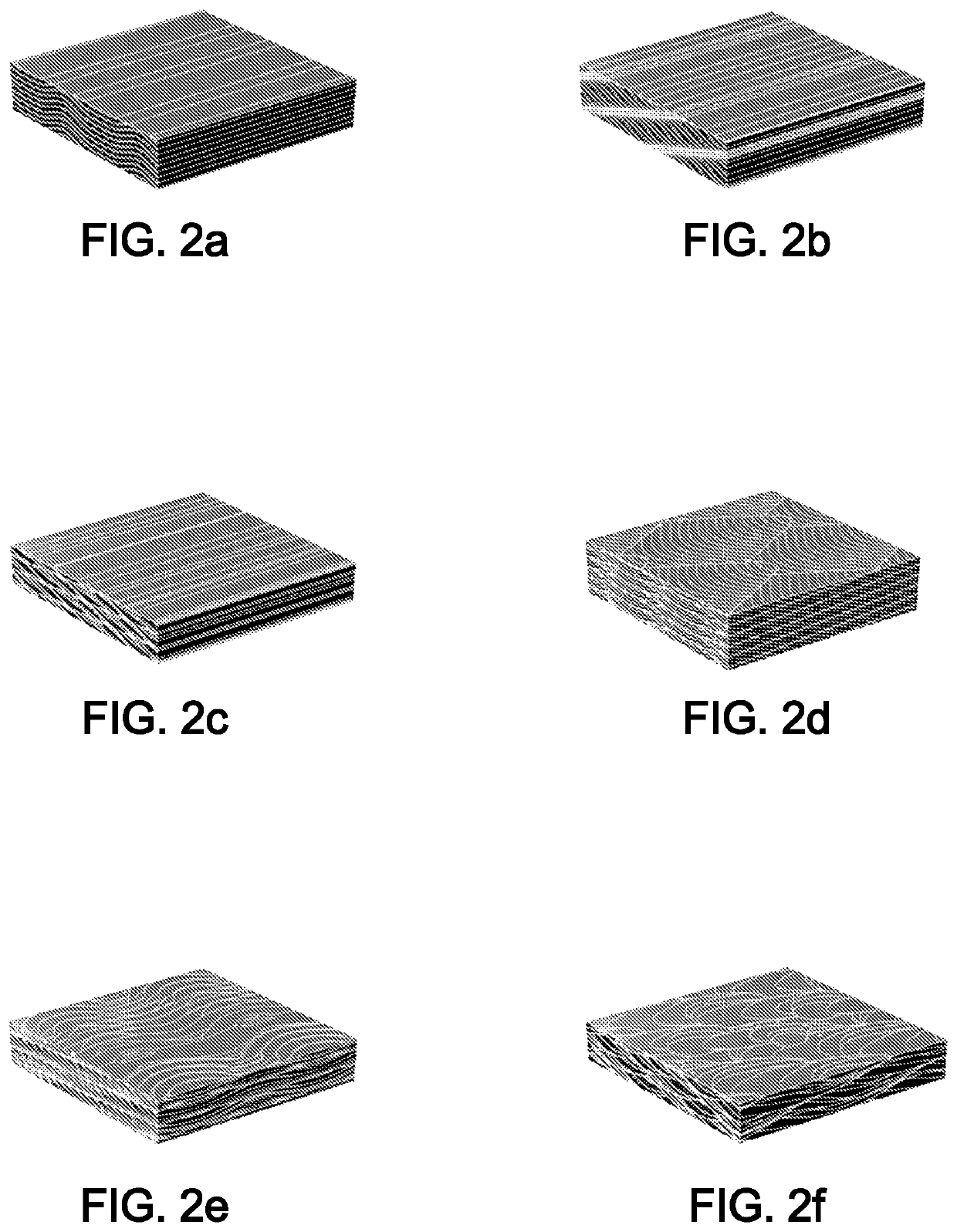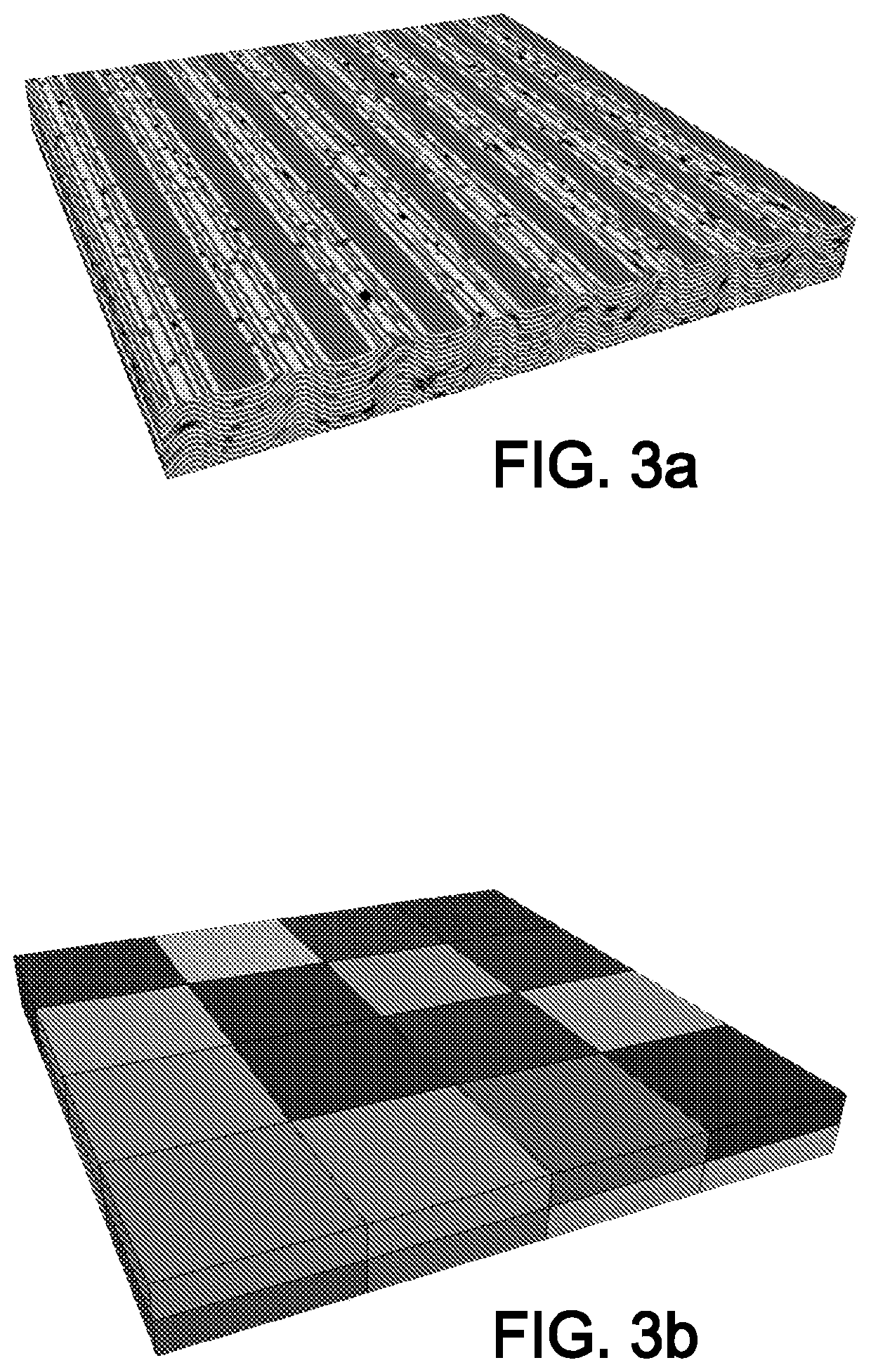A method for forming coarse-scale 3D model of heterogeneous sedimentary structures
a heterogeneous sedimentary structure and 3d model technology, applied in geomodelling, measurement devices, instruments, etc., can solve the problems of complex computation of equivalent permeability values, inability to directly perform numerical simulations, and inability to accurately represent sedimentary structures
- Summary
- Abstract
- Description
- Claims
- Application Information
AI Technical Summary
Benefits of technology
Problems solved by technology
Method used
Image
Examples
first embodiment
[0087] a constant pressure difference is imposed between the two opposite faces of the cell of the coarse-scale grid orthogonal the fluid flow direction, assuming that the other faces, parallel to the fluid flow direction, are watertight. In this configuration, only the computation of the diagonal terms of the permeability tensor is possible.
second embodiment
[0088] a constant pressure difference is imposed between the two opposite faces of the cell of the coarse-scale grid orthogonal the fluid flow direction, imposing a linear pressure difference on all the faces which are parallel to the fluid flow direction. This configuration leads to computing all the terms, including the crossed terms, of the permeability tensor.
[0089]Thus it is apparent that parameterizing the sedimentary surfaces with a transmissivity reduction coefficient, and taking into account this coefficient in the computation of an equivalent permeability value, allows taking into account local heterogeneities of permeability. It can even allow taking into account thin watertight layers which otherwise would not be modeled as they would imply too much computational needs.
PUM
 Login to View More
Login to View More Abstract
Description
Claims
Application Information
 Login to View More
Login to View More - R&D
- Intellectual Property
- Life Sciences
- Materials
- Tech Scout
- Unparalleled Data Quality
- Higher Quality Content
- 60% Fewer Hallucinations
Browse by: Latest US Patents, China's latest patents, Technical Efficacy Thesaurus, Application Domain, Technology Topic, Popular Technical Reports.
© 2025 PatSnap. All rights reserved.Legal|Privacy policy|Modern Slavery Act Transparency Statement|Sitemap|About US| Contact US: help@patsnap.com



